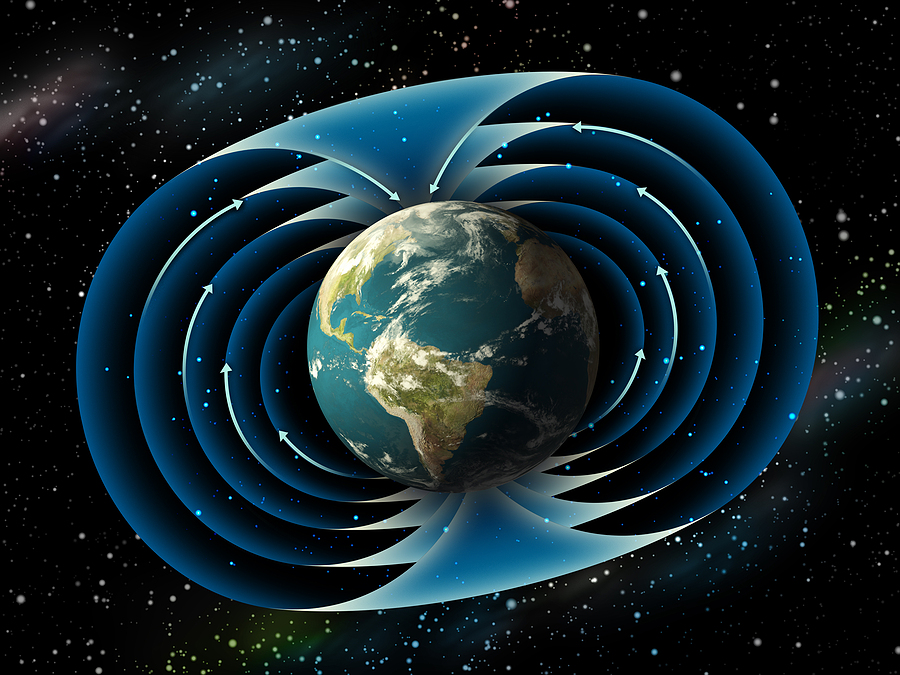Is It Possible To Have Magnetic Monopoles In The Future?

We are all familiar with magnets, seeing them in various shapes, sizes, and forms. In fact, magnets are one of the most common physics topics that we study throughout our educational years. Many researchers study the capabilities of magnetic fields, such as if it is strong enough to deflect water.
There are three common facts that we know about magnets. Firstly, they attract things that contain iron. Secondly, they have dipoles, North and South. Lastly, no matter how many times we break the magnet apart, we still end up having magnets with dipoles.
Basically, a magnet demonstrates the properties of magnetic field lines, which are closed loops between the North and South poles. For many years, humanity has believed that magnets only exist as dipoles.
While we know that we can never separate dipoles, what if we were to tell you that magnetic monopoles are a real thing? In fact, years of research have been conducted to discover magnetic monopoles.
In this article, we will delve into the concept of monopoles and where we are now in terms of discovering it.
Dirac’s monopole
Paul Dirac, an English theoretical physicist who was also considered to be one of the founding fathers of quantum electrodynamics and quantum mechanics, was the first person to combine maths and physics to describe a monopole.
His idea of a monopole is straightforward. He first imagined a solenoid, which is a device that is made up of coiled wires that are longer than its diameter. When electric current passes through the coiled wires, the process generates a magnetic field that is similar to what we have learned about those generated by bar magnets.
With Dirac’s conception, his solenoid is infinitely long till the magnetic field lines start to be extremely far apart, causing the magnetic field to be mostly nonexistent. As a result, it almost “disconnects” the dipoles yet maintains the field lines that run inside the solenoid, combining the dipoles.
In clarifying his point, Dirac stated that his concept of the solenoid is that it is so thin that it is invisible to the naked eye. This concept is later known as the Dirac string.
While it may sound absurd, Dirac believed in his concept so strongly that he thinks that it is absurd that society thinks that monopoles do not exist. However, his concept had a significant loophole, and that is the infinite energy property of his monopole.
Obviously, it is impossible to create such a magnet, and there is nothing with infinite energy. With that being said, the concept of monopoles still intrigues many people, and there have been attempts to prove its theoretical existence.
The GUT monopole
Gerad ‘t Hooft, a Dutch theoretical physicist, and Alexander Markovich Polyakov, a Russian theoretical physicist, created a topological soliton called the ‘t Hooft-Polyakov monopole that is based on Dirac’s monopole concept but without the Dirac string. Unlike the Dirac monopole with its infinite energy properties, the ‘t Hooft-Polyakov monopole has a finite total energy. They based their concept on their theory, which they named the Grand Unified Theory (GUT).
To help you understand what GUT is all about, you need first to understand the fundamentals of quantum field theory (QFT). QFT is made up of field theory, special relativity, and quantum mechanics. Imagine QFT as a house where a household of various scientific field theories of elementary particles lives. GUT is what you get when you take the household and replace the various theories with a single theory that covers them all.
Hence, rather than having varying field theories for each type of elementary particle, we only have one theory for every particle in GUT. Hooft and Polyakov utilise GUT to confirm that magnetic monopoles do exist and that they have an energy level of approximately 1016 GeV.
One electron volt (eV) represents the energy that one electron produces when passing through one potential volt. One GeV is the generated energy of one billion electrons. With 1016, this means you get 10,000,000,000,000,000 times the generated energy of one billion electrons, which is a lot of energy a single monopole can create.
In today’s physics terms, these are known as supermassive monopoles.
Conclusion
Since the concept of supermassive monopoles was conceived, there is research going into developing smaller and intermediate monopoles, too. However, do they exist in our natural world?
The answer lies in our universe. It is said that supermassive and intermediate monopoles are likely to have existed since the early times of the universe. In fact, with abundant research on their existence, we have proof that it exists. In 1964, the Higgs Boson theory was proposed, which led to years of experiment after experiment that helped conclude that monopoles do exist.
Till the day when scientists can confidently announce and develop an actual magnetic monopole, we just have to wait patiently. Who knows? You might actually be a part of a research that leads to that development. For now, you will just have to develop a strong foundation in your knowledge of physics.
Here at Physics Tuition, we provide results-guaranteed tuition classes for O Level, IP, IB, and A Level physics. Many of our students have gone on to achieve top accomplishments, winning physics Olympiads and being top physics students. Contact us to get our help today!